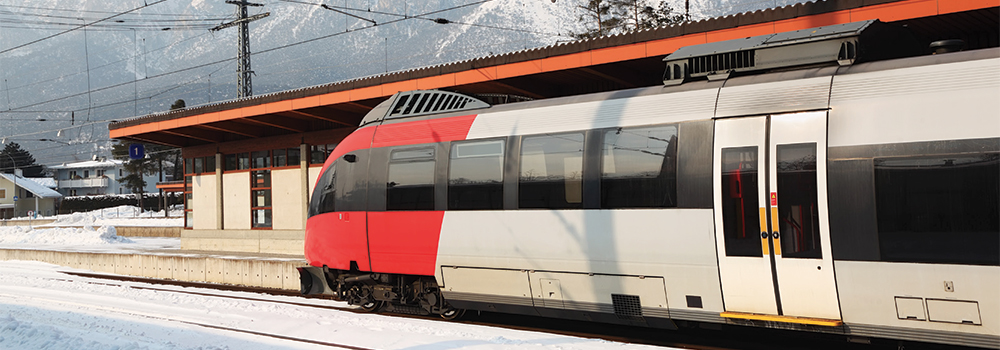Building railway transport resilience to alpine hazards
Alpine railways are key for freight and travellers transport and subject to multi-hazard risks. In August 2005, floods blocked a section of an Alpine railway, it took €30 billion and 100 days to get it back in operation.
The transportation system in Alpine countries plays an important role in the European transit of passengers and freights from north to south and east to west. Moreover, the Austrian railway network is also essential for the accessibility of lateral Alpine valleys and is thus of crucial importance for their economic and societal welfare. If traffic networks are (temporarily) disrupted, alternative options for transportation are rarely available.
The harsh mountainous nature of the Eastern Alps, within which 65% of the national territory of Austria is situated, poses a particular challenge to railway transport planning and management issues. Due to limited usable space or for reasons of economic or technical feasibility, railway lines often follow rivers in valley plains and along steep unsteady slopes, which considerably exposes them to flooding and, in particular, to alpine hazards such as debris flows, rockfalls, avalanches or landslides. Such events can cause substantial damage to railway infrastructure and pose a risk to the safety of passengers, wherefore they are a great issue of concern for the Austrian Federal Railways (ÖBB). In recent years, the ÖBB had to cope with financial losses on the scale of several hundreds of million euros as a result of alpine hazard impacts. Herein, a significant part is constituted by the severe flooding in May and June 2013, which cost more than €75 million. Some historical catastrophic events even led to fatal railway accidents, e.g. the disastrous avalanche event near Böckstein in the year 1909 caused 26 fatalities.
Hence, risk analysis and management are important issues of railway operation in Austria, which is indicated by the fact that the ÖBB maintains an own department for natural hazard management and partnerships with various stakeholders at different administrative levels.
In this context, the ÖBB follows two main risk management strategies, namely:
- the prevention of alpine hazards through the implementation of structural protection measures;
- the use of non-structural/organisational risk reduction strategies such as a weather monitoring and warning system.
Both strategies, the multi-sector partnerships (MSPs) collaborating in the respective risk reduction strategies, and the research conducted within the ENHANCE project are depicted in Figure 17.1 and described in greater detail below.


